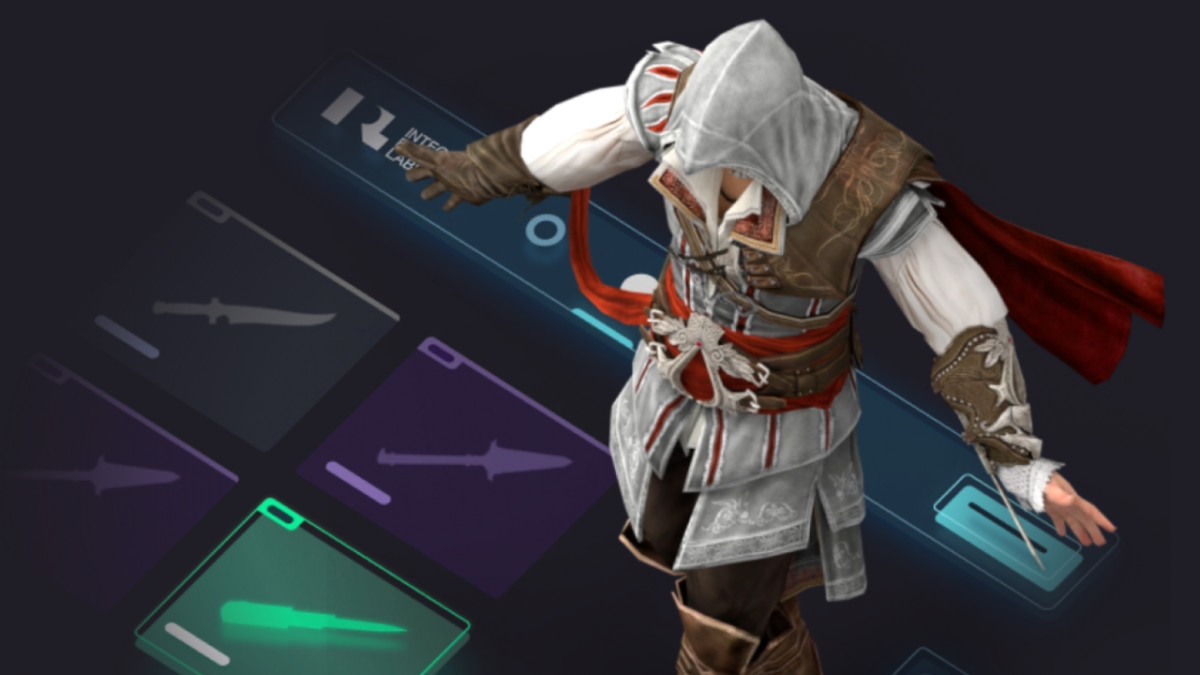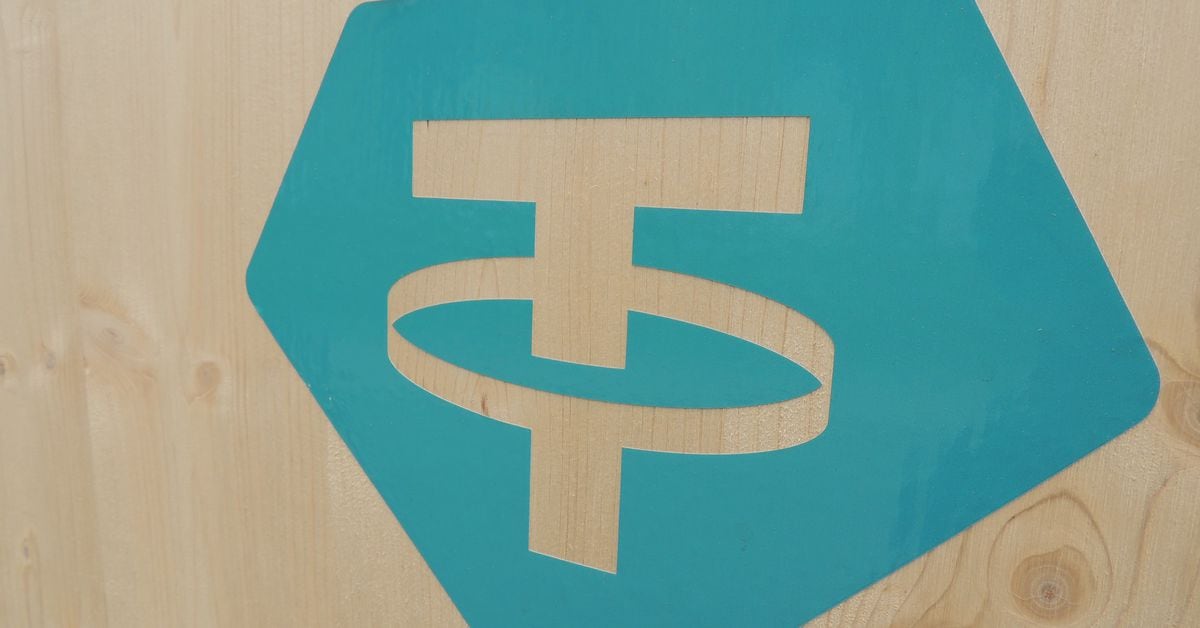NFTs: Solving Problems in the Digital World | EDRM – Electronic Discovery Reference Model

My little one quickly found out why NFTs have been in the news lately – money resulting from high trading volume. As of October 2022, the 24-hour trading volume for NFTs is nearly $5.8 billion and the total market capitalization is $978 billion. A quick Google search will tell you that the most expensive NFT ever sold was “CryptoPunk #9998” by Larva Labs, which went for $529 million in October 2021. NFTs sell for millions and trade in trillions. I can see why my ten year old was interested – he was looking to get rich!
As a geeky lawyer, I have another interest in NFT. I want to understand their purpose and the problem the technology is trying to solve. Our world is becoming increasingly digital. But real-world qualities of uniqueness, value, scarcity and private ownership are not easily replicated in the digital marketplace. In the real world, I can buy a print of a Van Gogh painting for $20 on Amazon or buy the one and only original Van Gogh for millions of dollars. The two works of art look similar, but the latter is unique, highly valuable, scarce, and only one person can own it. But in a digital environment, the copy and the original will look the same to most people. NFT technology tries to solve this very problem.
NFT stands for non-fungible token. Non-fungible is an economic term that describes objects that are not fungible due to their unique qualities, such as property, real estate, songs, artwork, etc. In contrast, fungible objects such as money are fungible because their value defines them rather than their unique.
Jigna Dalal, eDiscovery Consultant, Squire Patton Boggs
In the current evolution of the internet, Web 2.0, large companies curate their own content and publish that content on their own servers. On the other hand, individual content creators must use third-party platforms to create and distribute their own content. In this process, the individual content creator may have to give up control and rights to their own creation, as well as any profit it may generate. Once the Content is distributed, an exact duplicate digital copy of the Content is the same as the original copy. Web 2.0 is a commodity for these independent content creators. But lawyers like me can thank Web 2.0 for giving us billables for years to fight the proprietary rights or the first controversy in court!
NFT attempts to resolve the confusion created by Web 2.0. NFT stands for non-fungible token. Non-fungible is an economic term that describes objects that are not fungible due to their unique qualities, such as property, real estate, songs, artwork, etc. In contrast, fungible objects such as money are fungible because their value defines them rather than their unique. Basically, a blockchain creates a ledger of immutable records. The immutable record is NFT, which can be divided into portions. This means that all or parts of NFTs can be used as currency (ie cryptocurrency) or linked to assets as a record of ownership.
Essentially, the digital marketplace consists of two roles: NFT owner and NFT buyer. An NFT owner digitizes the raw data and then stores it in a database. The owner then signs the transaction with a hash and sends the data to a smart contract. The smart contract processes the data, imprints or trades it on the blockchain as a transaction. The blockchain uses its magic, also known as advanced mathematical calculation, to verify the accuracy of the transaction. Once the transaction is confirmed, the NFT is permanently linked to the unique hash identifier and the distributed blockchain records. Now NFT is immutable and has an original owner.
An NFT is a digital certificate for ownership of, or rights to, a unique asset, the ownership of which is registered on a blockchain. NFTs represent digital art, images, videos, audio files, collectibles, codes, game items, tickets and other digital assets. Moreover, they can represent virtually any digital or physical asset as well as rights (eg tickets, subscriptions, exclusive access, etc.). Individual content creators – such as artists, writers or filmmakers – using NFTs can raise money to create their work product or find investors for their projects without giving up ownership or requiring to sell royalties. NFTs have the potential to create a digital exchange market. I like to think that one day I will trade my legal writings for a piece of digital art which is then traded for film rights, all via proof of ownership shown by NFTs and hosted on a decentralized platform like IPFS (Interplanetary File System – more on this ) in future articles).
For now, I’ll let new companies like NFT Studios sell 10,000 NFTs to raise ten million dollars to make the movie Wing and a Prayer or authors like Elle Griffin sell individual chapters of their novels as NFTs. As for my son, he quickly progressed from wanting to invest in NFTs to begging for a soccer video game. At least my kiddo has learned that specific video games are non-fungible!

























